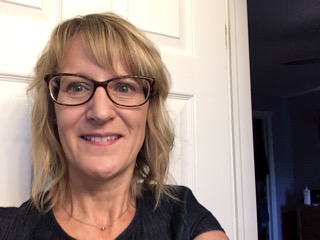Pain is not something I asked for; it appeared out of nowhere and refuses to go away. I developed chronic pain in 2009 after a shoulder injury that required surgery. However, instead of relief, I was left with constant pain. My burning back felt as it was stuck in a vice grip that was getting tighter. There were days I could not stand the feel of clothes on my back because it felt like sand paper was rubbing against my skin.
My journey began as a shuffle between health care professionals. Many did not understand or know how to treat chronic pain. The lack of knowledge in the health care system regarding chronic pain baffled me. The most frustrating part of my initial journey was that when treatments prescribed by health care professionals failed to work, I had to endure their disbelief that my pain was real. This disbelief was expressed through their off-the-cuff comments or by the way they looked at me. Living in severe pain for years led to feelings of distress, anxiety, loneliness, and guilt. The pain continued to escalate to levels so high that, at times, I felt I could no longer go on. I was on a slippery slope to depression and disability.
After nearly two years of living with crippling pain, a referral to the QE II Pain Management Unit in Halifax halted my shuffle between health care providers. This was my turning point. As I sat in the pain physician's office, I was informed that I had chronic pain. Acceptance didn’t come overnight but with treatments, education and guidance, I was finally able to learn how to manage and live with persistent pain.
By understanding how to live with pain, I was able to pay more attention to my goals and quality of life. It was then that my journey started to take a swing down a path of wellness. Learning to self-manage my pain and to identify my triggers was a bumpy road; this road consisted of many trials and errors. My pain does not warn me when I am going to have a flare-up but with a good attitude, treatments, and a personalized pain self-management tool kit, I'm able to get through them.
Beyond the services provided by health care professionals, I've also found peer support groups to be quite helpful. Persistent pain is a foreign concept to most but peer support offers a unique setting for healing and management of pain. This understanding has motivated me to organize and facilitate a thriving Pain Self-Management Education support group in Annapolis Valley, Nova Scotia.
Life took a nasty turn but with maintaining a positive attitude and continuing to seek the right treatments, I am now able to manage my pain, balance work, and spend time with family and friends. Most important of all, I'm able to live well and live life to the fullest.

By: Virginia
This featured story is part of Pain BC's chronic pain awareness campaign for National Pain Awareness Week (NPAW). Find out more about the campaign here.